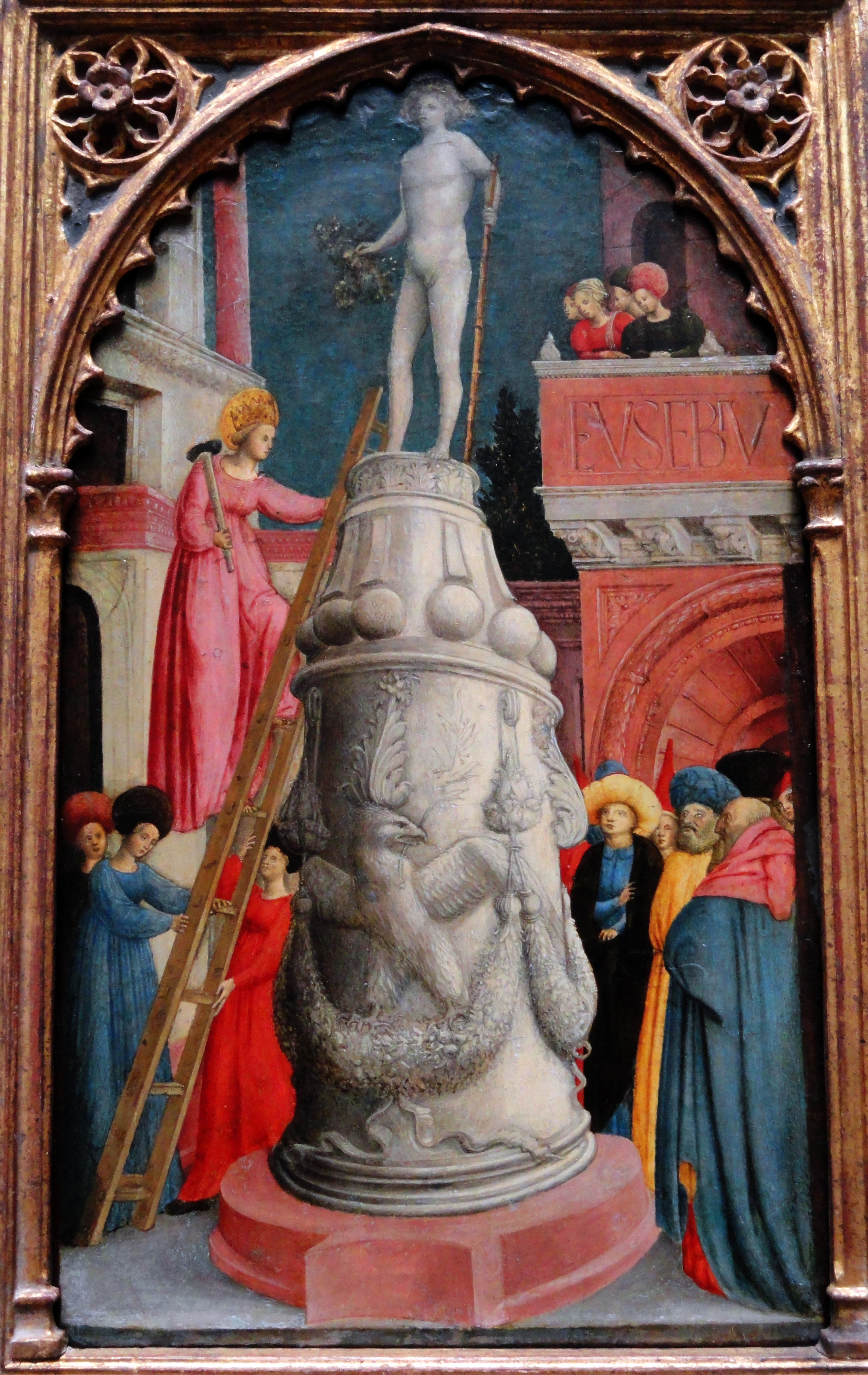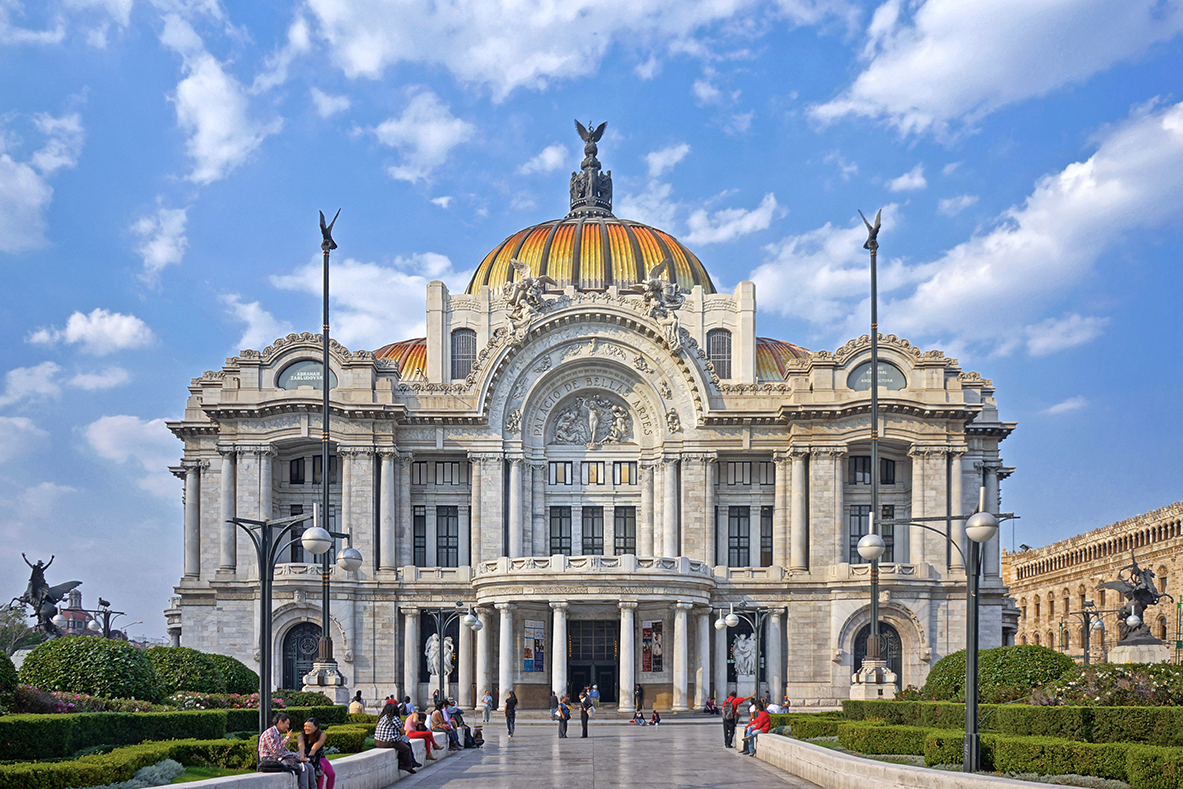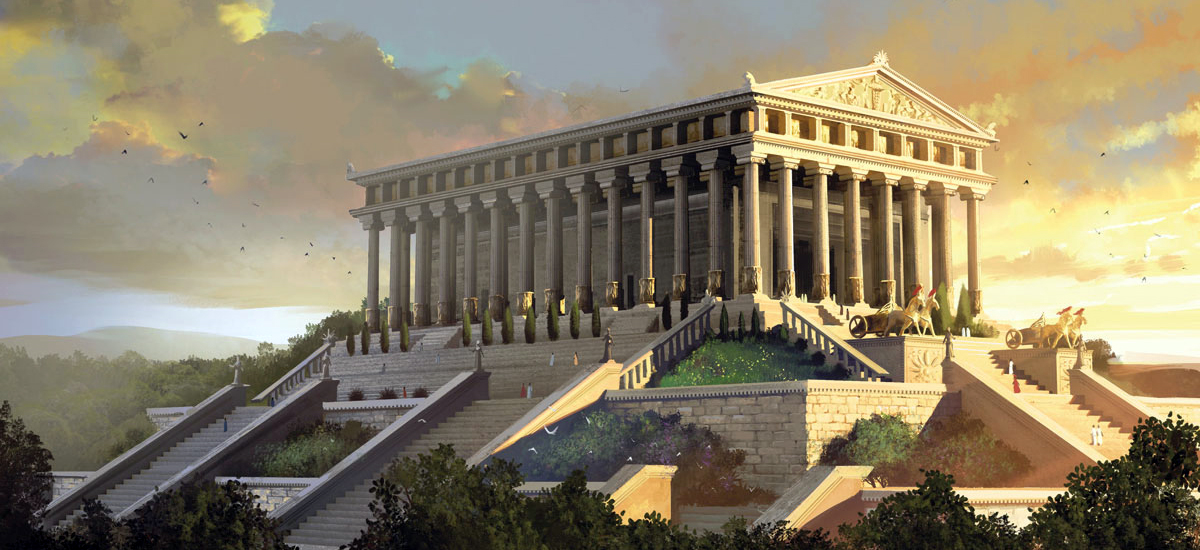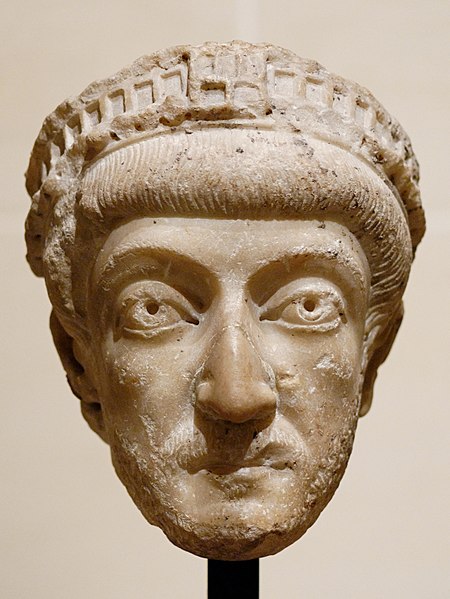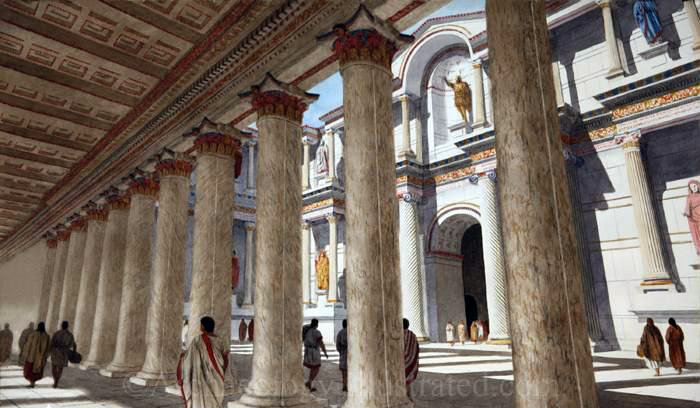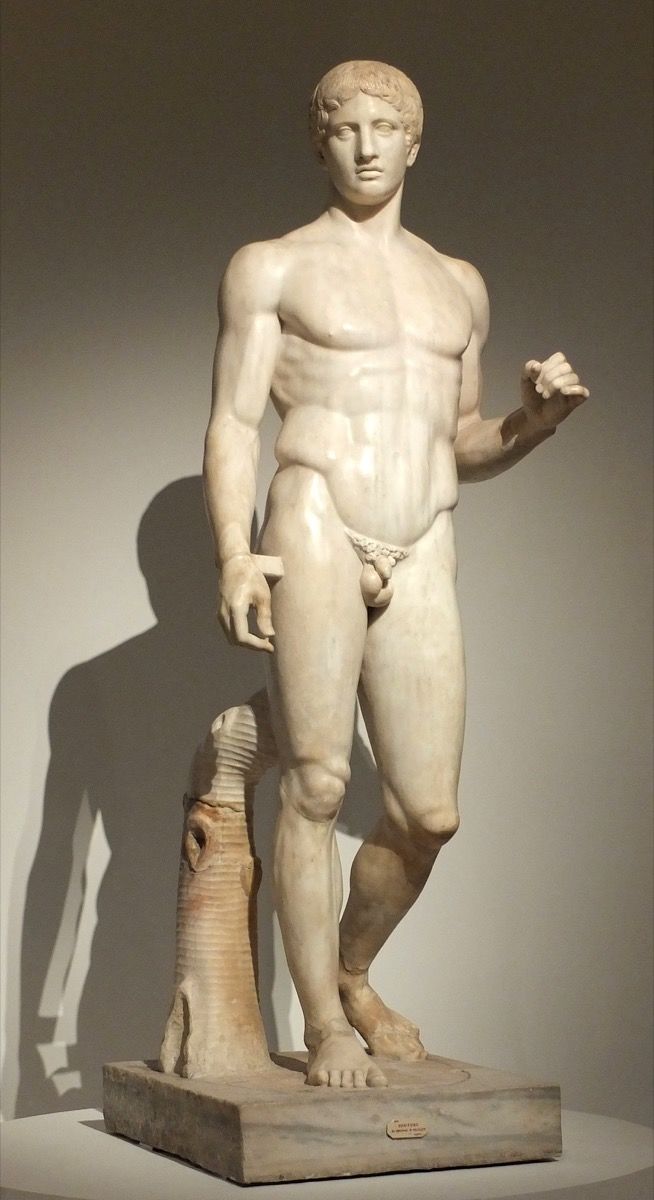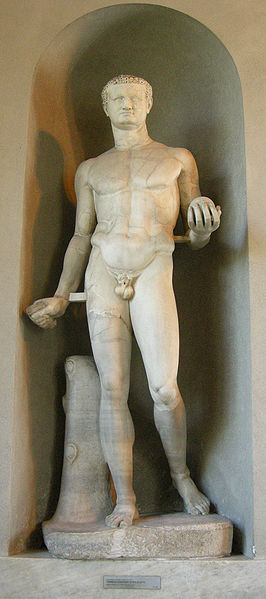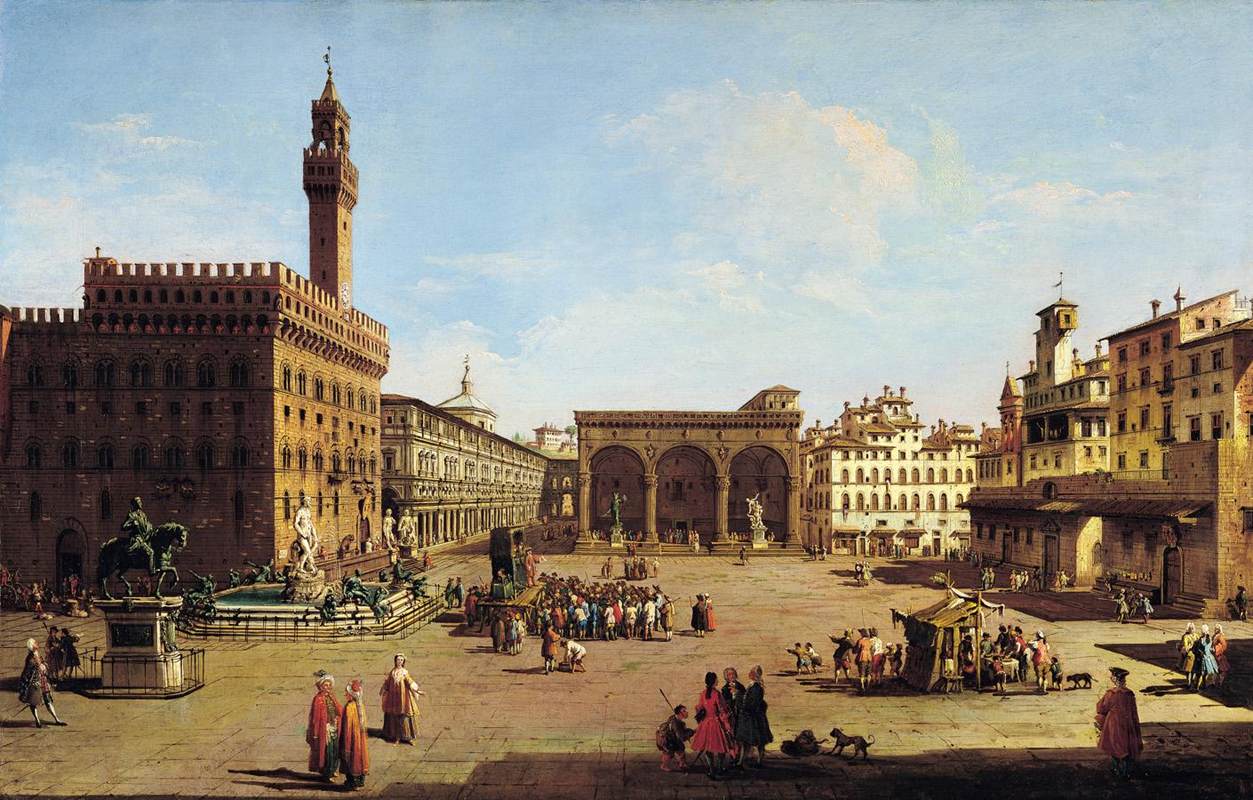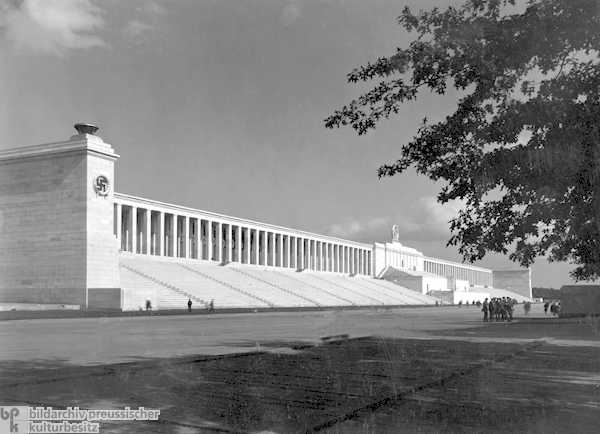In chapter eight of The Darkening Age: The Christian Destruction of the Classical World, Catherine Nixey wrote:
In Palmyra, what remains of the statue of Athena shows that one single, furious sword-blow had been enough to decapitate her. Though often one blow was not felt to be sufficient. In Germany, a statue of the goddess Minerva was smashed into six pieces. Her head has never been found. In France, a relief of Mithras was smashed into more than three hundred pieces.
Christian writers applauded such destruction—and egged their rulers on to greater acts of violence. One gleefully observed that the Christian emperors now ‘spit in the faces of dead idols, trample on the lawless rites of demons, and laugh at the old lies’. An infamous early text instructed emperors to wash away this ‘filth’ and ‘take away, yes, calmly take away… the adornments of the temples. Let the fire of the mint or the blaze of the smelters melt them down.’
This was nothing to be ashamed of. The first Commandment could not have been clearer. ‘Thou shalt not make unto thee any graven image,’ it said. ‘Thou shalt not bow down thyself to them,’ it continued, ‘nor serve them: for I the Lord thy God am a jealous God, visiting the iniquity of the fathers upon the children unto the third and fourth generation of them that hate me.’ The Greek and Roman temples, no matter how ancient or beautiful, were the homes of false gods and they had to be destroyed. This was not vandalism: it was God’s will. The good Christian had a duty to do nothing less.
The speed with which toleration slipped into intolerance and then downright suppression shocked non-Christian observer. The emperor Julian later acerbically observed that, while Constantine robbed the temples his sons overthrew them. In AD 356, it became illegal—on pain of death—to worship images. The law adopted a tone of hitherto unseen aggression. ‘Pagans’ began to be described as ‘madmen’ whose beliefs must be ‘completely eradicated’…
But Julian’s reign was brief and, just half a century after Constantine, it was already too late to reverse the attrition that had begun. Julian, one Christian would tell his flock, was ‘but a cloud which will speedily be dispersed’. He was right.
By the time Theophilus attacked Serapis the laws were on his side. But many other Christians were so keen to attack the demonic temples that they didn’t wait for legal approval. Decades before the laws of the land permitted them to, zealous Christians began to indulge in acts of violent vandalism against their ‘pagan’ neighbours…
Libanius, the Greek orator from Antioch, was revolted by the destruction that he witnessed. ‘These people,’ he wrote, ‘hasten to attack the temples with sticks and stones and bars of iron, and in some cases, disdaining these, with hands and feet. Then utter desolation follows, with the stripping of roofs, demolition of walls, the tearing down of statues, and the overthrow of altars, and the priests must either keep quiet or die… So they sweep across the countryside like rivers in spate.’
Libanius spoke elegiacally of a huge temple on the frontier with Persia, a magnificent building with a beautiful ceiling, in whose cool shadows had stood numerous statues. Now, he said, ‘it is vanished and gone, to the grief of those who had seen it’—and the grief of those who now never would. This temple had been so striking, he said, that there were even those who argued that it was as great as the temple of Serapis—which, he added with an irony not lost on later historians, ‘I pray may never suffer the same fate.’
Not only were the monks vulgar, stinking, ill-educated and violent they were also, said their critics, phoneys. They pretended to adopt lives of austere self-denial but actually they were no better than drunken thugs, a black-robed tribe ‘who eat more than elephants and, by the quantities of drink they consume, weary those that accompany their drinking with the singing of hymns’…
Then, in 399, a new and more terrible law came. It was announced that ‘if there should be any temples in the country districts, they shall be torn down without disturbance or tumult. For when they are torn down and removed, the material basis for all superstition will be destroyed.’

